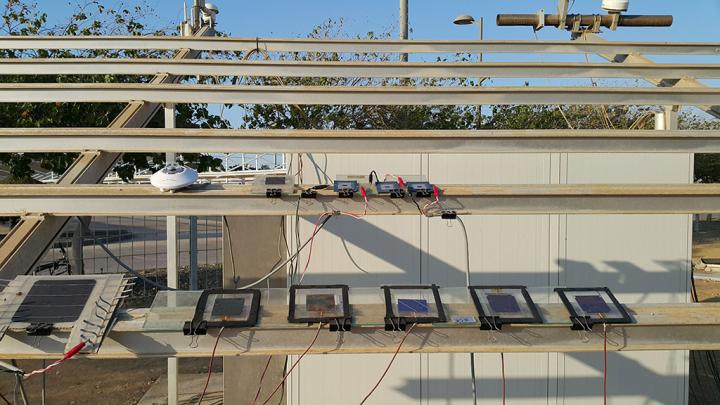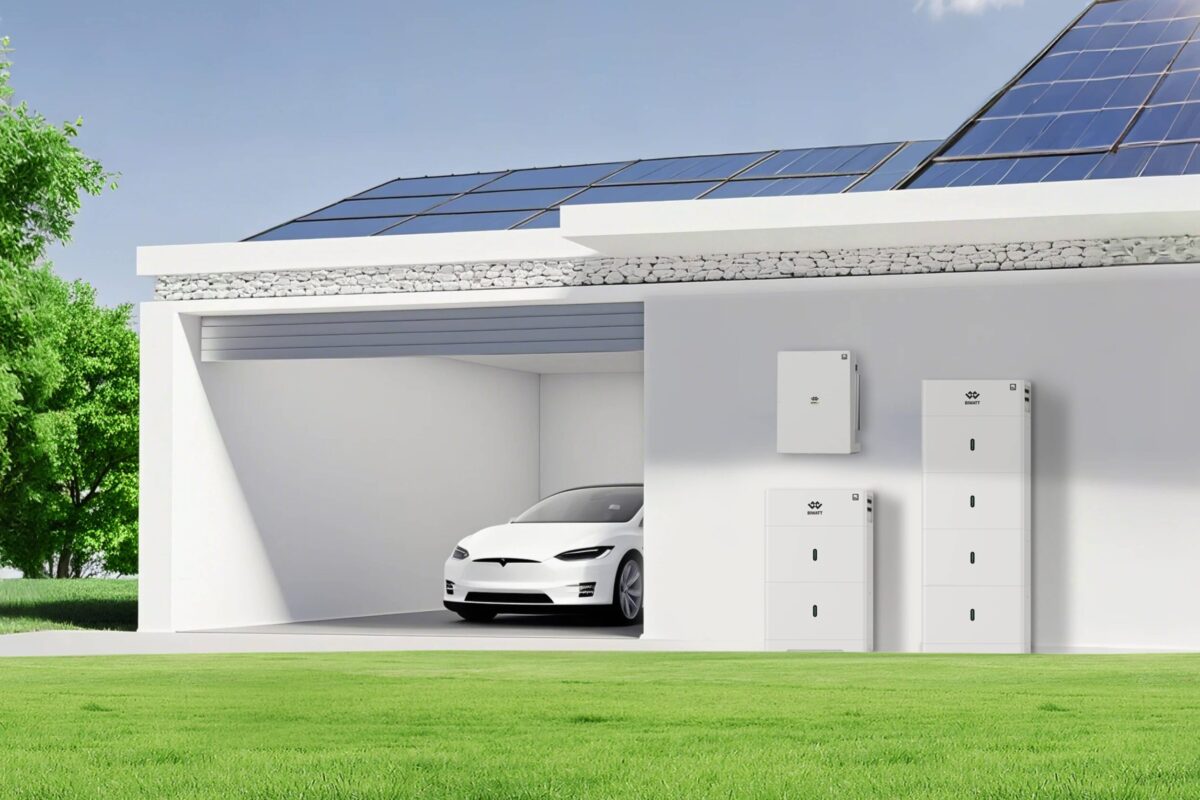While the lab-measured performances of perovskite solar cells, and perovskite-silicon tandem cells, have reached levels where industrial players are taking notice, this young technology remains relatively untested in ‘real world’ operation conditions.
The findings from such outdoor testing will allow those working with perovskites to optimize their designs, and it will be these results that ultimately make or break their progress toward a commercial breakthrough.
With this in mind, scientists at the King Abdullah University of Science and Technology (KAUST) fabricated tandem cells comprising a range of different perovskite cell compositions deposited on top of a silicon cell. The cells utilized a 2-terminal set up, meaning that each must be ‘tuned’ to match the other’s current, to prevent the cells from limiting each other’s performance.
A full account of the cell fabrication and outdoor testing can be found in the paper Interplay between temperature and bandgap energies on the outdoor performance of perovskite/silicon tandem solar cells, published in Nature Energy. The results reveal one area in particular where standard test conditions in the laboratory may be painting an inaccurate picture of the best performing perovskite materials for use in a tandem device.
Optimal bandgap
“One limitation of this tandem configuration,” explains the paper’s lead author Erkan Aydin, “is that it was thought that the perovskite bandgap had to be wider than stable material compositions would allow.”
The results from KAUST’s outdoor testing demonstrate that the two cells have opposite reactions to higher operating temperatures – the silicon cell’s bandgap gets smaller, while the perovskite’s gets larger. For tandem cells optimized to perform under standard test conditions, this temperature dependency actually shifts the device away from its ideal operating point.
The group suggests that for field operation in hot sunny regions (at module operating temperatures above 55 degrees Celsius), perovskites with a bandgap lower than 1.68 electron-volts at standard test conditions will offer the best performance in a tandem device with a silicon cell. And as this is lower than the previously assumed ideal bandgap, the findings could open a range of new, potentially more stable, material compositions to researchers. “This implies that bromide-lean perovskites with narrower bandgaps at standard test conditions—and therefore better phase stability—hold great promise for the commercialization of perovskite/silicon tandem solar cells,” the group states.
This content is protected by copyright and may not be reused. If you want to cooperate with us and would like to reuse some of our content, please contact: editors@pv-magazine.com.




By submitting this form you agree to pv magazine using your data for the purposes of publishing your comment.
Your personal data will only be disclosed or otherwise transmitted to third parties for the purposes of spam filtering or if this is necessary for technical maintenance of the website. Any other transfer to third parties will not take place unless this is justified on the basis of applicable data protection regulations or if pv magazine is legally obliged to do so.
You may revoke this consent at any time with effect for the future, in which case your personal data will be deleted immediately. Otherwise, your data will be deleted if pv magazine has processed your request or the purpose of data storage is fulfilled.
Further information on data privacy can be found in our Data Protection Policy.